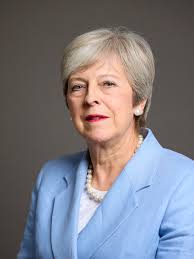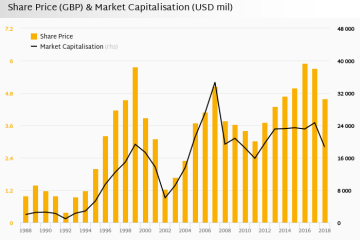The Political Legacy of Theresa May

Introduction
Theresa May, the UK’s second female Prime Minister, served from July 2016 to July 2019, a period marked by political turbulence and significant challenges, particularly around Brexit. Her tenure remains critically relevant as discussions about leadership and party direction in the UK continue to evolve.
Key Events During Her Tenure
May’s premiership began following the resignation of David Cameron, who stepped down in the wake of the Brexit vote. Her early days in office focused heavily on the negotiations to leave the European Union, where she adopted a ‘strong and stable’ leadership approach. However, her inability to secure a parliamentary majority in the 2017 general election forced her to rely on a confidence and supply agreement with the Democratic Unionist Party (DUP), which hindered her legislative agenda.
Brexit negotiations defined her time as PM. May proposed the Chequers plan, which sought to balance the needs of Leave and Remain voters, but this proposal faced fierce opposition from both sides. Ultimately, this led to multiple failures to secure a parliamentary majority for her withdrawal agreement, resulting in political deadlock.
Resignation and Aftermath
As pressure mounted from within her party, May announced her resignation in May 2019, stating that she had done her best to deliver Brexit. Boris Johnson succeeded her, vowing to complete the process. In the aftermath of her departure, the Conservative Party has continued to grapple with the direction of Brexit and its long-term implications for the UK.
Conclusion
Theresa May’s legacy is complex, with her commitment to public service often overshadowed by the challenges of her leadership. As the UK continues to navigate its post-Brexit identity, her experiences serve as both a crucial lesson in the pitfalls of political negotiations and a reminder of the complexities inherent in governing a divided nation. The future of the Conservative Party may hinge on the lessons learnt from her time in office as it seeks to unify and address the evolving needs of a changing electorate.









